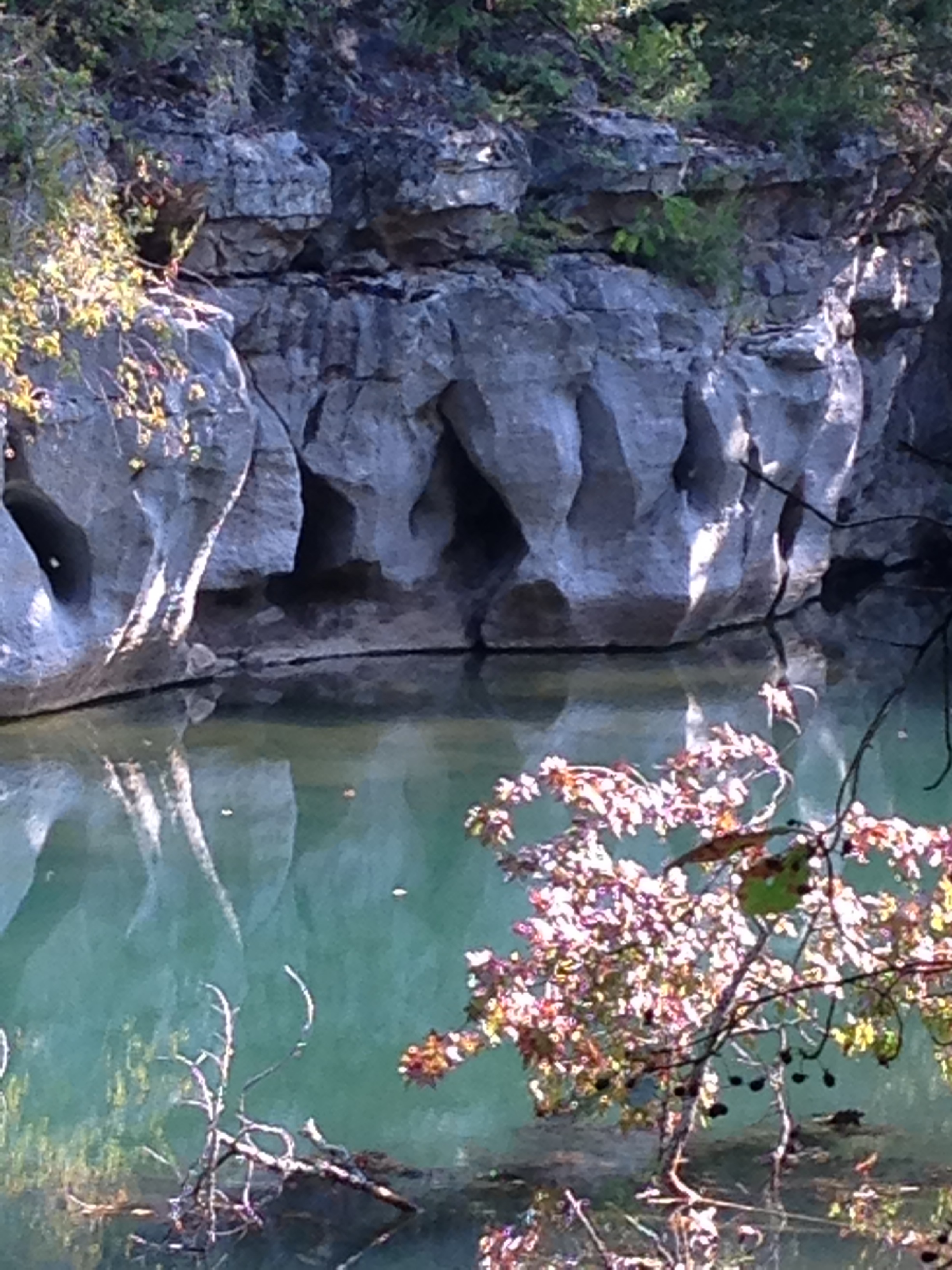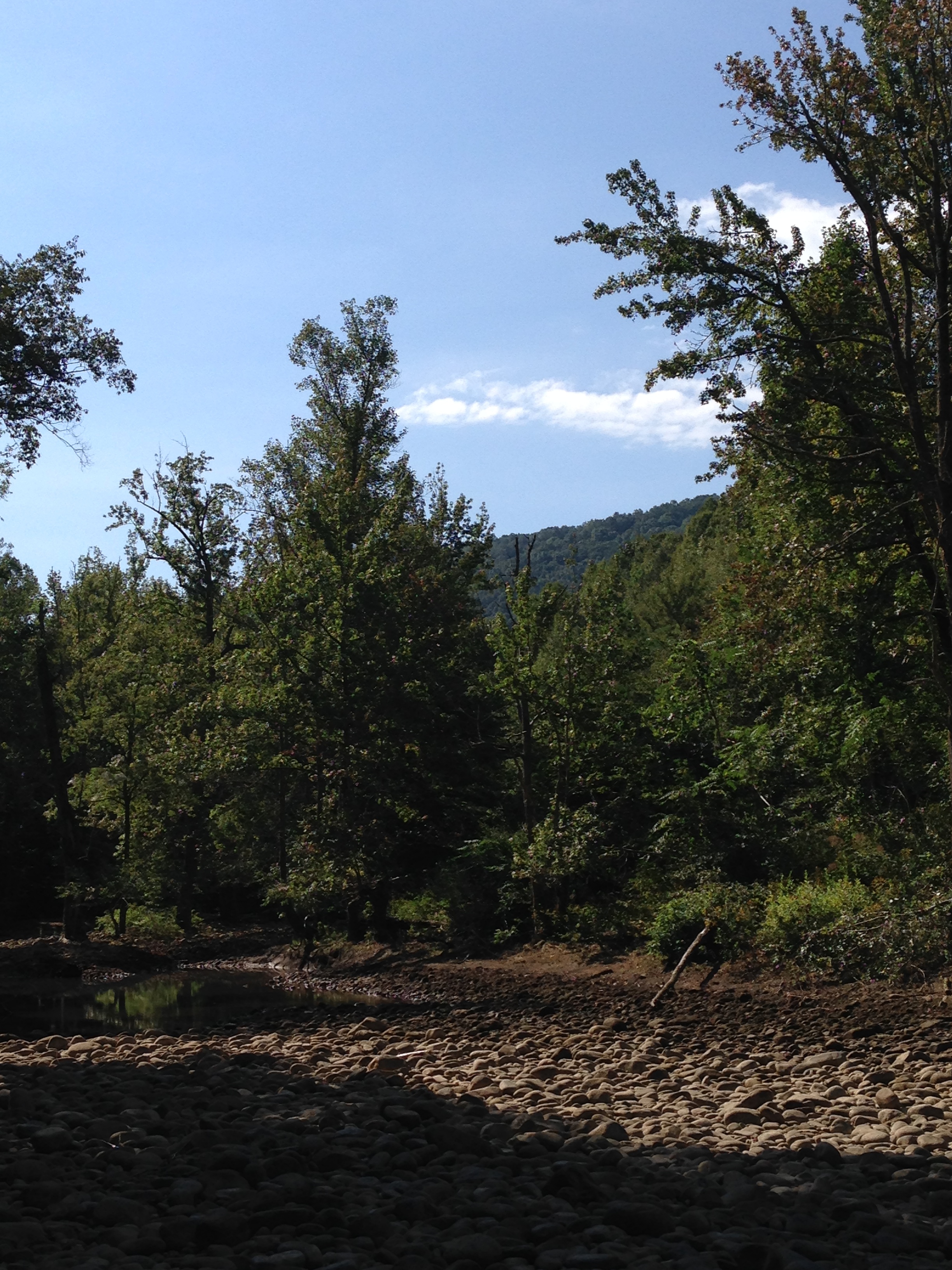It's believed that in the spring of 1769 a large group of men called Long Hunters was formed, consisting of at least 20. These men came from Virginia and North Carolina.
These men were called Long Hunters because of the long amount of time they would spend away from home on hunting and exploring expeditions.
These men were sent here to explore and hunt this area of the Cumberland Plateau of Tennessee and areas west of the Plateau.
Not a lot is known about these men but to name a few of them were Obediah Terrell, Robert Crockett and others by the last names Bledsoe, Mansker, Baker, Drake, Stone, Smith, Cowan, Finlay, Brook, Knox, and Boone.
It is believed that after this hunting and exploring expedition some of these men returned to this area to settle and build homes. Even today you can find many families in this area with the last names of some of these men.
It is known out of this group of men Robert Crockett was killed by a band of Indians in what is now known of as Overton County, Tennessee.
This area of the Plateau has two well known rivers which are known today as the Obey River and the Obed River.
Many people believe that both of these rivers were named after Obediah Terrell. It is very well possible that he could have been one of the very first white men to have seen both these rivers.














